Winter White Hamster: An Introduction
- Em

- May 8, 2020
- 4 min read
The Winter White hamster (Phodopus sungorus), also known as the ‘Siberian’ hamster or ‘Djungarian’ by some, is distinct from the other commonly kept hamster species on the basis that they have ability to change colour in the winter months. However, not all Winter White hamsters will undergo this change in captivity, as it is a change entirely in relation to daylight hours and not temperature. With the usage of artificial lighting in the home, many Winter Whites kept as pets simply do not realise that winter has come.
Winter White hamsters are small hamsters, weighing an average of 40-60g with an average length of 7cm. The agouti (or ’wild type’, pictured) is a dark coloured hamster with white underside and dark dorsal stripe. In the pet trade, they are available in only two other officially recognised varieties known as sapphire (a grey, almost blue hamster with darkened dorsal stripe) and pearl (entirely white hamster with grey dorsal stripe).

(google images)
Notes on the Natural Habitat of the Winter White:
The Winter White has perhaps the most diverse habitat range of the five domesticated species. They have been observed in grasslands, agriculture fields, forests, and meadows, and also more dry, steppe regions. Due to their habitat range including dryer steppe regions, a sand bath should be considered important & beneficial to provide a Winter White in captivity. For any of the domestic species (excluding the roborovski), I will usually recommend a sand area of a minimum 20cm x 30cm (or equal footprint).
Additionally, like the Russian Campbell, in the wild the Winter White has been observed inhabiting the pre-established burrows of other species (like marmots) instead of building their own. While they should still be provided with ample substrate to create their own burrows if they wish, and while a multi-chamber house is important to provide to each domestic hamster species, it is perhaps of higher importance to species like the Winter White who have shown a preference for already established burrow systems (which a multi-chamber house replicates).
The Winter White has perhaps the most diverse habitat range of the five domestic species. They have been observed in grain fields, forests, grasslands, and more barren steppe regions.
Additional Scientific Literature on the Natural Habitat of the Winter White hamster:
Additional Factors to Consider When Setting up the Enclosure:
Like other Phodopus species, the paws of the Winter White are covered in fur. This is said to provide a form of protection for them in harsh temperatures, as the Winter White experiences a harsh climate. However, this trait accompanied by their incredibly short tails makes them very poor climbers and often causes them to struggle & slip on ladders made of smooth wood (this can often include ladders made with wooden dowels too if it is too steep of an angle, whereas a Syrian or Chinese hamster would be able to climb even a steep dowel ladder with ease). You can provide them with obstacles, but the hamster should not be able to climb too high as they have overall poor balance and grip. Items like cork tunnels make great tunnels to allow them to access platforms while still providing even fluffy feet a lot of grip. You can also add more texture to smooth bridges with the usage of moss (that can be attached via pet safe glue, see photo example) to give your hamster more grip if you find they struggle.

Social Behaviour of the Winter White:
The Winter White lives a loner lifestyle in the wild, and has only been observed living as an opposite sex couple during the breeding season or during harsh climate: they do not cohab for the purpose of company, but for the purpose of reproduction & survival (neither of which translate into being necessary in a pet home). There is no wild observation of same sex pairs living together, and even females will raise their young alone & respect the territory of same-sex conspecifics. Those who are adamant that Winter Whites are a social species often quote a depression study that observed symptoms of depression (such as weight gain) amongst hamsters who had been separated from a pair. However, there is also a study which observed stress in adult Syrian hamsters – who everyone agrees as being a solitary species - separated from pairs. If you would not agree that Syrian hamsters do better in pairs based off of this one study, you should also not agree that this depression study necessarily proves anything other than if hamsters undergo a change in their environment, they become temporarily stressed/upset. Additionally, these studies are only short term and therefore do not show the effects/risks of long term co-habbing of such a solitary species. In the wild, the Winter White lives a loner lifestyle and in captivity, this is the only species appropriate way to house them. Cohabbing Winter Whites in captivity is reckless at best, and it is incredibly common for these hamsters to attack and kill each other. It does not matter how big your enclosure is, or if you have two of everything: there is no right way to do something that should not be done, do not do it. As pets, Winter White hamsters are generally easy going individuals who are easy to tame. They are typically easily handleable hamsters, and are typically the species I will suggest for owners who want a Syrian hamster, but who don’t necessarily have the space for the enclosure size Syrians often require to be fully satisfied.
Click images to swipe through, pause, and read.












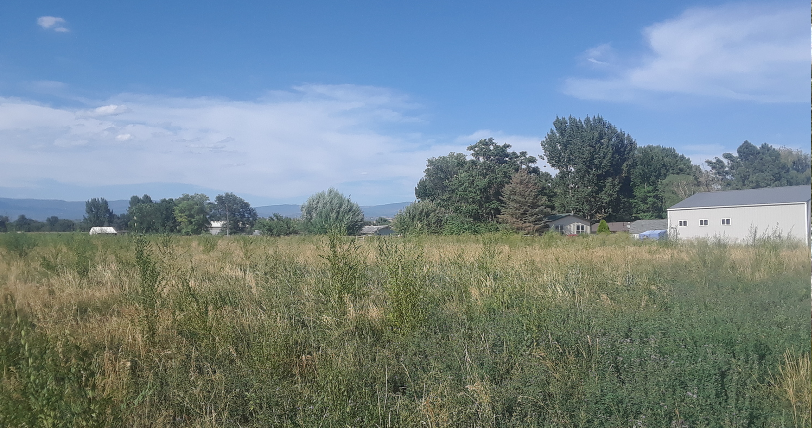



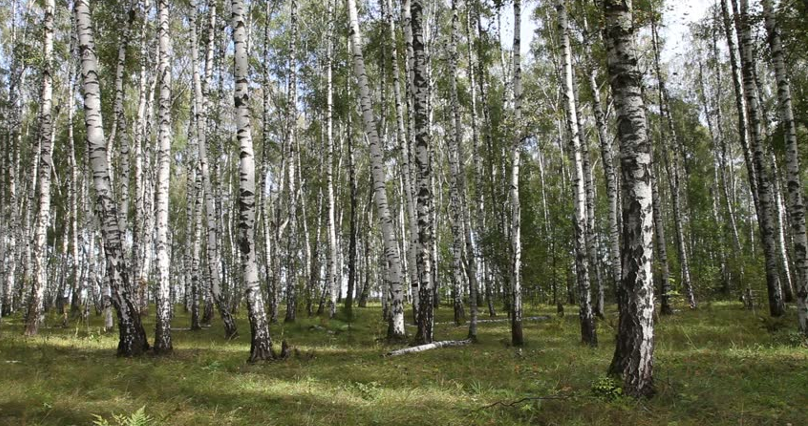

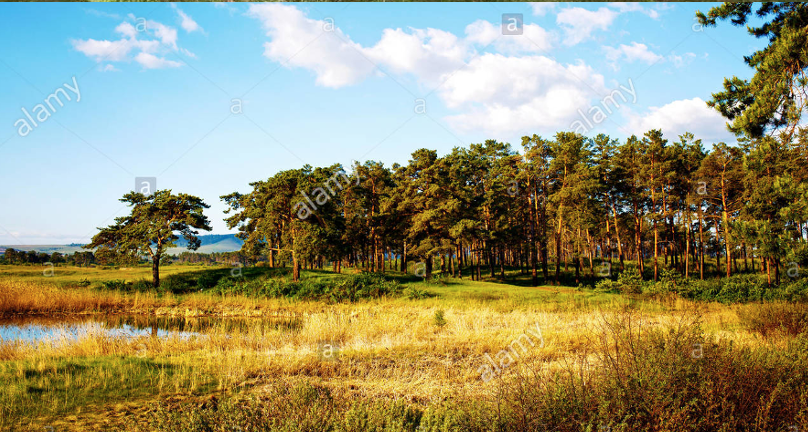

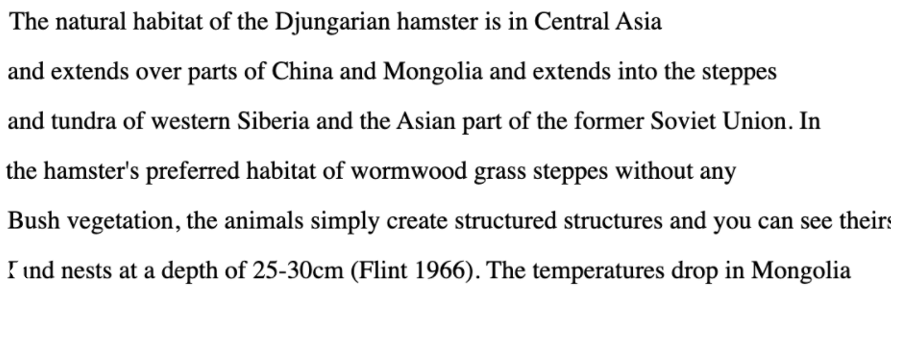











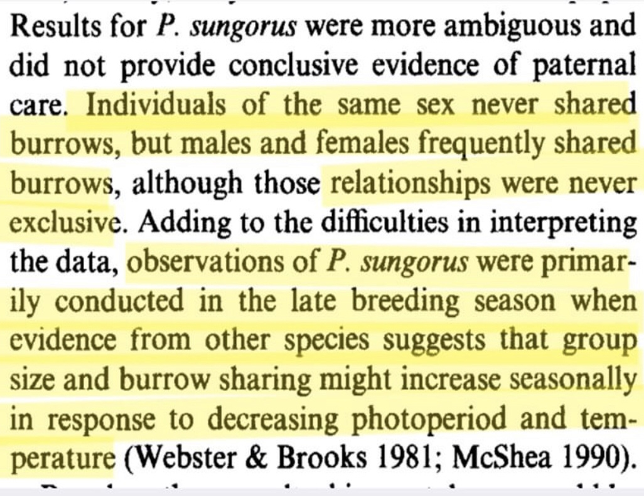

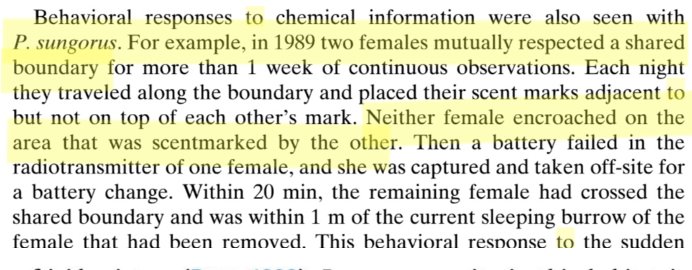
Comments